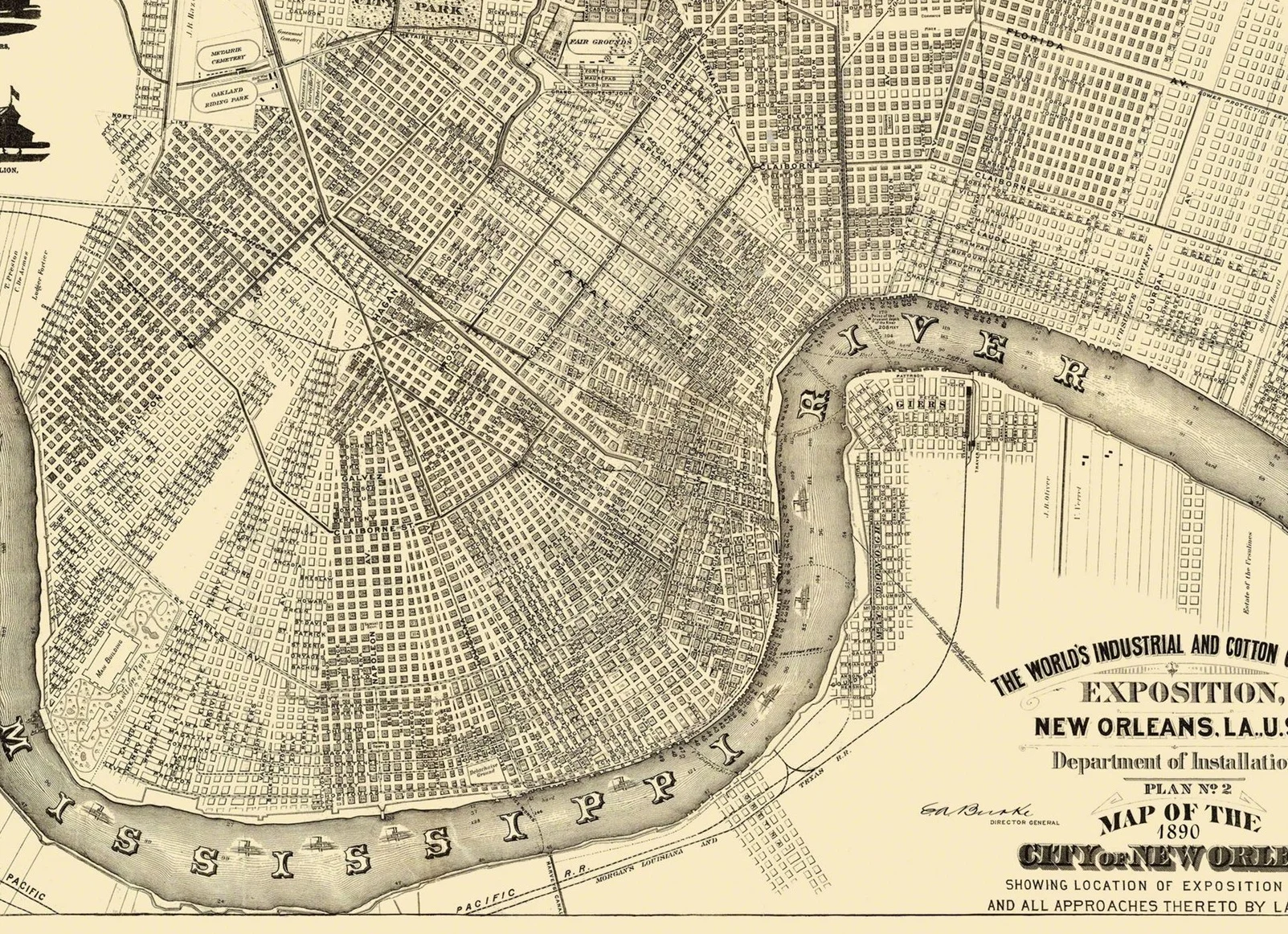Our Neighborhood - The Garden District
The cooling canopy of ancient oaks, the rumble of the streetcar, the piercing beauty of antebellum architecture: the Garden District, as its name suggests, is a sensory experience, filled with sights, sounds, smells, and tastes that are uniquely its own. Though less than two miles “upriver” from the historic French Quarter of New Orleans, the Garden District feels a world apart. In many ways, it always has. Since the 19th century, when wealthy New Orleanians decamped to the edge of town to build mansions that suited their new status, the name “Garden District” has served as “a metaphor that embraced notions of… political and social identity, a gracious style of life, and architectural opulence,” according to noted historian Frederick Starr, whose books on the Garden District are staples of New Orleans coffee tables. Houses like Colonel Short’s Villa, the Brevard-Rice House, and the Buckner Mansion inspired Mark Twain to write that “no houses could well be in better harmony with their surroundings, or more pleasing to the eye, or more homelike or comfortable looking.”
The twentieth and twenty-first centuries brought changes to the neighborhood that made it at once more complex and more compelling. While many of the most important houses have been preserved by loving stewards, new houses, from the Victorian to the Contemporary, along with new restaurants and shops, have popped up in between. That rumbling streetcar – the “Trolley” photographed by Robert Frank for his seminal book “The Americans” – moves down St. Charles Avenue from the French Quarter to the Carrollton Neighborhood, the same route traversed by many of New Orleans’ parading Carnival krewes. Each car is a microcosm of the city, each trip a voyage through time and across a rich cross-section of the New Orleans cityscape.
The writer Joan Didion once said about New Orleans that “in the hypnotic liquidity of the atmosphere all motion slows into choreography.” This choreography is especially pronounced in the Garden District, where its principle dancers – its residents - are often on display through the open window of the passing trolley or hiding from the sun in the shade of a crepe myrtle tree. In recent years, the neighborhood has been called home by actors (Nicolas Cage, Sandra Bullock, and John Goodman), the writer Anne Rice, and the Manning family (former Saint and family patriarch Archie Manning is, well, a saint in this football-crazy town). The Pontchartrain Hotel itself has hosted a colorful array of notable personalities, including Frank Sinatra, Truman Capote, Jim Morrison, and Tennessee Williams. And in true New Orleans fashion, the ghosts of others walk alongside the living: on the way to the historic Lafayette Cemetery #1 in the heart of the Garden District, one might even notice Henry Howard and the Frerets (William and son James), architects of some of the neighborhood’s greatest houses, alongside their creations.
Today, the Garden District, with its nearby sister neighborhoods the Lower Garden District (LGD) and the Irish Channel, is a vibrant urban neighborhood distinguished not only by its often-mythologized history, but also by the contemporary charm of its streets, establishments, and characters. The unique fabric of the neighborhood allows locals and visitors alike to mingle in some of New Orleans’ best restaurants, bars, and shops. Now more than ever, the Garden District welcomes anyone lucky enough to discover its enchanting aura.



